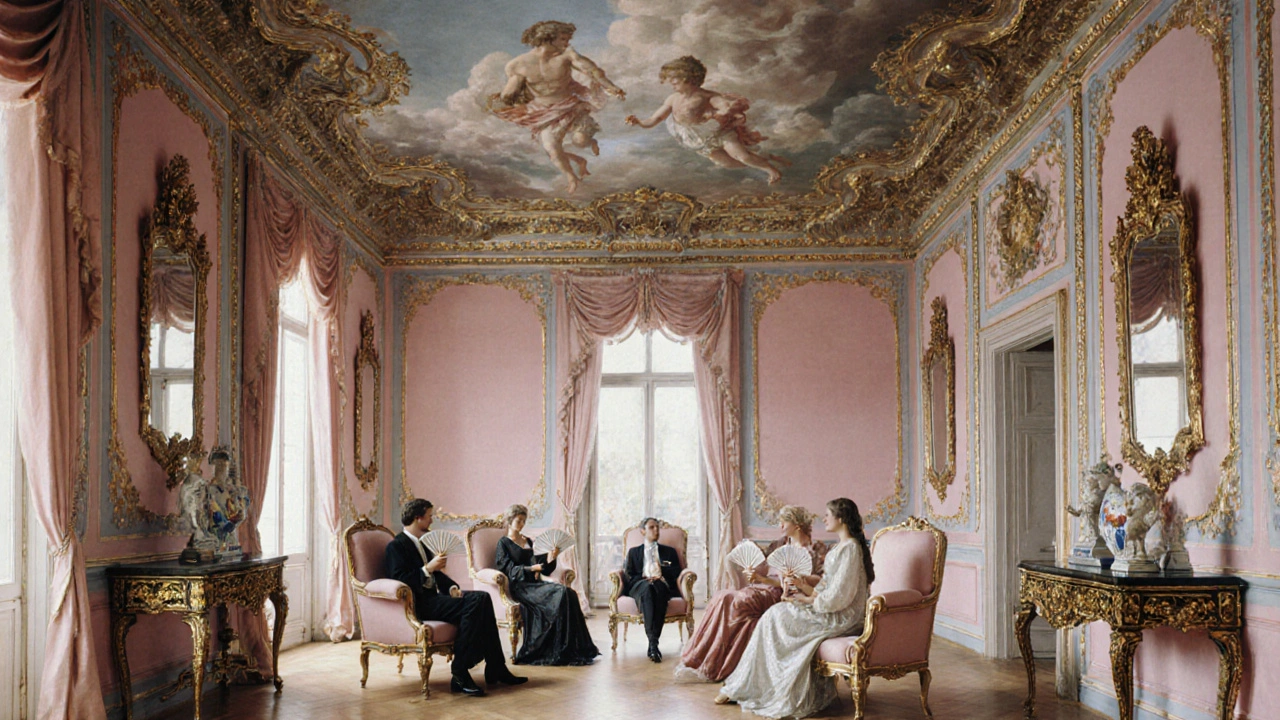Rococo Movement: Light, Playful, and Decorative Design
When talking about Rococo movement, an 18th‑century European style that favored asymmetry, pastel colors, and ornate details. Also known as Late Baroque, it broke away from the heavy grandeur of its predecessor and invited a more intimate, whimsical approach to interiors, furniture, and even architecture.
The Baroque, a dramatic, bold style that dominated 17th‑century Europe set the stage for Rococo by establishing a love for ornamentation. Neoclassicism, a later reaction that revived classical simplicity and symmetry then pushed back against Rococo’s excess, creating a clear dialogue between extravagance and restraint. This back‑and‑forth shaped the way designers think about balance, a lesson you still see in decorative arts, objects like porcelain, textiles, and metalwork that carry artistic motifs. In short, Rococo movement encompasses playful interiors, Baroque provides its ornamental lineage, and Neoclassicism offers a contrasting critique.
Why Rococo still matters today
Modern architects and interior designers borrow Rococo’s love for curves and lightness to soften stark spaces. High‑tech projects, for example, may embed delicate lighting fixtures that echo Rococo’s pastel glow while using smart materials for efficiency. Constructivist and Deconstructivist works often reference Rococo’s asymmetry, turning playful imbalance into structural statements. Even Neo‑Futurist installations treat surfaces like canvases, layering patterns reminiscent of 18th‑century wall panels. These cross‑style connections show that the Rococo movement isn’t just a historical footnote; it’s a toolkit for adding personality to any design.
Below you’ll find articles that unpack related movements – from the soaring arches of Gothic Revival to the sleek logic of High‑Tech Architecture – and show how each interacts with the Rococo spirit. Whether you’re curious about the origins of decorative motifs or looking for practical ways to sprinkle a little whimsy into your next project, the collection gives you both context and concrete ideas. Dive in and see how the lightness of Rococo continues to influence the built world around us.

Rococo: The Revolutionary Art Movement That Broke the Mold
A deep dive into Rococo, the 18th‑century art movement that swapped Baroque drama for pastel playfulness, covering its origins, key artists, characteristic style, and lasting influence.
Read more